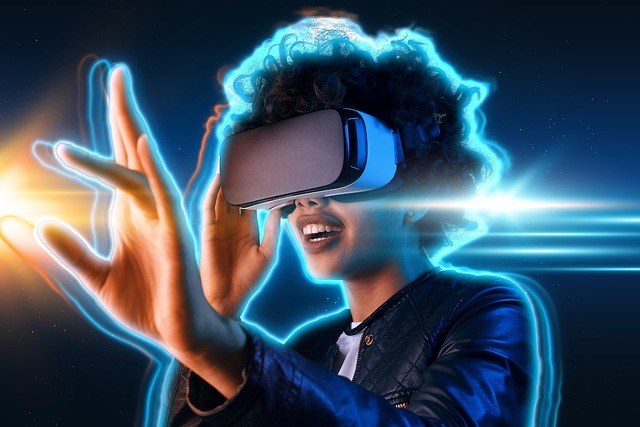
Artificial Intelligence Systems and Models.
The AI regulation (Regulation (EU) 2024/1689) has come into force the 13th of June 2024. In our today article we will examine the Artificial Intelligence Systems and Models as defined by the Regulation.
What is an Artificial Intelligence System.
Artificial Intelligence system is a machine-based system that is designed to operate with varying levels of autonomy and that may exhibit adaptiveness after deployment, and that, for explicit or implicit objectives, infers, from the input it receives, how to generate outputs such as predictions, content, recommendations, or decisions that can influence physical or virtual environments[1].
What is a general-purpose Artificial Intelligence System[2].
General-purpose AI system is an AI system which is based on a general-purpose AI model and which has the capability to serve a variety of purposes, both for direct use as well as for integration in other AI systems;
What is an Artificial Intelligence Model [3] .
An AI model is a program that has been trained on a set of data to recognize certain patterns or make certain decisions without further human intervention.
What is the difference between AI Models and AI Systems [4].
An AI model is a central component of artificial intelligence. It is a mathematical or statistical representation of a specific problem, developed from data. An AI system is a broader and more complex application that integrates one or more AI models to accomplish a specific task. It encompasses not only AI models but also the necessary components to collect, process, and analyze data, as well as interact with users. In other words, an AI system is a complete solution that implements AI models within an operational framework.
What is a general-purpose Artificial Intelligence Model [5] .
General-purpose AI model is an AI model, including where such an AI model is trained with a large amount of data using self-supervision at scale, that displays significant generality and is capable of competently performing a wide range of distinct tasks regardless of the way the model is placed on the market and that can be integrated into a variety of downstream systems or applications, except AI models that are used for research, development or prototyping activities before they are placed on the market;
What is a downstream provider [6] .
downstream provider is a provider of an AI system, including a general-purpose AI system, which integrates an AI model, regardless of whether the AI model is provided by themselves and vertically integrated or provided by another entity based on contractual relations.
[1] Regulation (EU) 2024/1689, article 3.1
[2] Regulation (EU) 2024/1689 , article3.64
[3] https://www.ibm.com/think/topics/ai-model
[4] https://www.dastra.eu/en/article/difference-between-an-ai-system-and-an-ai-model/57721
[5] Regulation (EU) 2024/1689 , article 3.63
[6] Regulation (EU) 2024/1689, article3.68
Other Articles in the same Series
The “METAMASK” Case R 1657/2024-1

The "Metaverse Drinks" case R 2356/2022-2

The Glashutte Case T-1163/23
An Interesting decision issued on the 11/12/2024, by the General Court with regards to metaverse, virtual goods and real world goods

The Nightwatch case. R 1241/2020-4
Conversion of an EU trademark when the application has been withdrawn within the Appeal period.

Trademarks and Types of Trademarks

Renewal of Cyprus Trademarks

Passing Off and Trademark Infringement Actions

"To improve is to change, so to be perfect is to have changed often."
–Winston Churchill
© Copyright MICHAELIDOU & CONSTANTINOU L.L.C
